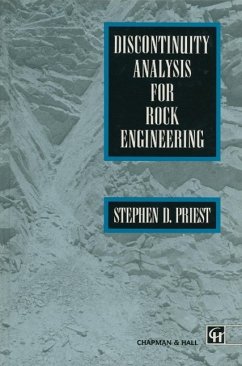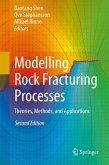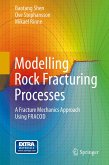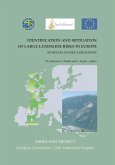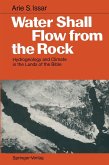Engineers wishing to build structures on or in rock use the discipline known as rock mechanics. This discipline emerged as a subject in its own right about thirty five years ago, and has developed rapidly ever since. However, rock mechanics is still based to a large extent on analytical techniques that were originally formulated for the mechanical design of structures made from man made materials. The single most important distinction between man-made materials and the natural material rock is that rock contains fractures, of many kinds on many scales; and because the fractures - of whatever kin- represent breaks in the mechanical continuum, they are collectively termed 'discontinuities' . An understanding of the mechanical influence of these discontinuities is essential to all rock engineers. Most of the world is made of rock, and most of the rock near the surface is fractured. The fractures dominate the rock mass geometry, deformation modulus, strength, failure behaviour, permeability, and even the local magnitudes and directions of the in situ stress field. Clearly, an understanding of the presence and mechanics of the discontinuities, both singly and in the rock mass context, is therefore of paramount importance to civil, mining and petroleum engineers. Bearing this in mind, it is surprising that until now there has been no book dedicated specifically to the subject of discontinuity analysis in rock engineering.
Dieser Download kann aus rechtlichen Gründen nur mit Rechnungsadresse in A, B, BG, CY, CZ, D, DK, EW, E, FIN, F, GR, HR, H, IRL, I, LT, L, LR, M, NL, PL, P, R, S, SLO, SK ausgeliefert werden.

